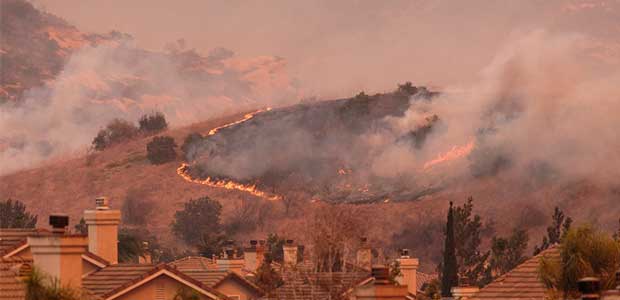The legislation would increase the number of “downwind” states and the maximum amount individuals can receive to $150,000.

Employers must quickly adopt the new requirements in early August.
R.V. Wagner Inc. is facing $212,158 in penalties for failing to use trench protection techniques, failing to provide a safe exit and other serious violations.
Indiana OSHA will investigate an incident that occurred last week in which a worker was injured while working on a piece of machinery. As of Friday, he was in critical condition.

In May, an Iowa worker fell 1,000 feet from a television antenna tower and died. Further investigation showed he was not wearing available fall protection equipment. The employer now faces two serious violations, including inadequate strength in a protection attachment.
A new investigation reveals the tough conditions faced by delivery drivers, including 100-plus degree temperatures and a high rate of heat-related illnesses.
Lawmakers say they plan to approve coverage for public safety employees in separate legislation later this year.

New advanced technology informs a healthcare provider whether surgical procedures are necessary or if wounds will heal with other non-surgical treatment.
A Jacksonville zookeeper was injured in February after a rhino struck her in the arm, should and stomach with its horn. Now, the Jacksonville Zoological Society Inc. faces $14,661 in proposed penalties for exposing employees to workplace safety hazards.
The investigators found that the probable cause of the minor 2017 crash was a combination of driver error and a lack of easy access to a manual controller.

A report by the Health and Safety executive shows that self-employed workers in the Agricultural and Construction sectors were the most prone to fatal injuries in the 2018-2019 year.
As parts of New York City were plunged into darkness this weekend, emergency communications were upheld by standards that are set in place to avoid disaster in power outages.

Self-guided bulldozers and mining trucks are being developed with advanced artificial intelligence to prevent equipment from colliding with human workers.
Risks of heat exposure, falls, electrical safety and other hazards tend to be highest during July, August and September.

Workers are now protected from ‘adverse employment action’ for being medical marijuana users, but employers can prohibit cannabis use at the workplace.